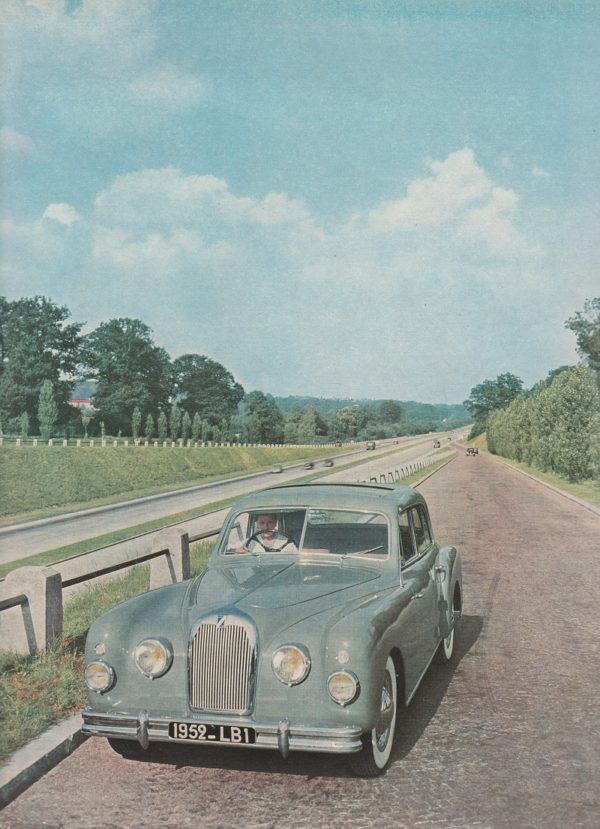
It is a little difficult to identify from the front the model of Talbot-Lago for this date, but in this publicity photograph for the 1951 Paris Salon the company has kindly provided an identification in the number plate. LB1 clearly stands for Lago Baby 1.
The Talbot name had a tortuous history. Created in 1903 as Clément-Talbot Limited by its eponymous founder Charles Chetwynd-Talbot, 20th Earl of Shrewsbury and his co-founder Adolphe Clément-Bayard, it was used on cars built in London and in Suresnes near Paris.
It survived In Britain under the Rootes Group until 1954 in the Sunbeam-Talbot, was revived by Chrysler in 1978 and finally disappeared in 1994 under the ownership of PSA (Peugeot Société Anonyme) with the demise of the Talbot Express van.
But this week’s Snapshot comes from the Lago era of the French company.
Antonio Lago was an Italo-British businessman. Appointed by the ailing Talbot company in 1932, he bought the failed company in 1936 and successfully revived it, developing the existing six-cylinder engines to power superb sporting saloons and highly competitive racing cars. A Talbot-Lago single-seater won the 1949 Belgian and French Grand Prix races, and a two-seat version won the 1950 24 Hours of Le Mans.
The Baby name was first seen in 1935 on the sporting “Baby-15” with a six-cylinder 2,696 cc engine, later also made in 2,996 cc or 3,996 cc form. The war stopped car production in 1940, but the post-war Baby, sold from 1948, revived the name.
It was mainly sold as a four-door sedan, but a two-door cabriolet was available too. The engine was now only a four-cylinder but benefitted from a complete redesign of the valve gear from single-cam to twin-cam operation, with the camshafts at the side of the block, operating the overhead valves through short pushrods and rockers.
The image here publicises the Talbot’s brand-new ponton body, introduced late in 1951 on the Baby and the larger Record. But in this same year, rumours were spreading of financial difficulties in the company. The new engines and even newer bodies could not save Talbot from the onslaught of the vicious French taxes on larger cars. Even the Baby’s smaller engine fell into their grasp. The company staggered on with declining production until 1959 when it closed and the facilities were taken over by Simca.
Picture courtesy of the Richard Roberts Archive







Leave a Comment